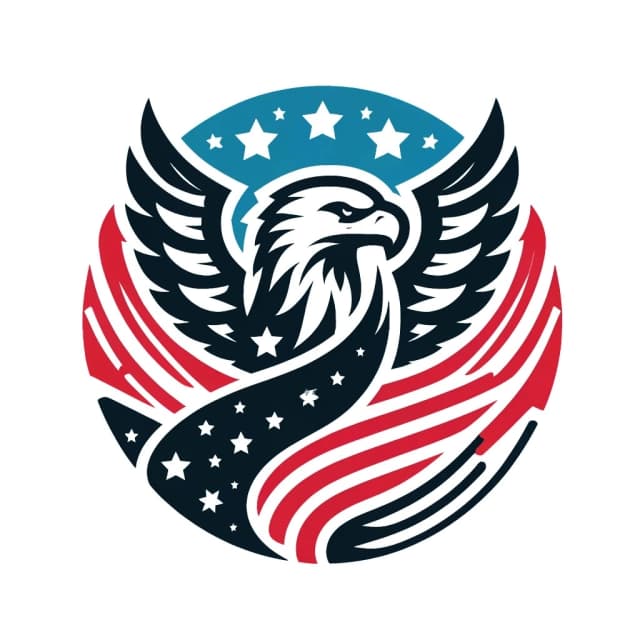
- Published on
- Authors

- Name
- GovCon
Crafting a Winning Proposal: Tips and Tricks for Government Contract Bids
Securing a government contract can be a game-changer for any business. The stakes are high, and competition is fierce. However, with the right approach, you can craft a proposal that not only stands out but also wins. Here's your guide to mastering the art and science of government contract bids.
Understanding the Landscape
Before diving into the nitty-gritty of proposal writing, it's crucial to understand the playing field:
Navigating the Procurement Process
The governmental procurement process can appear labyrinthine. However, breaking it down simplifies things:
- Identification: Opportunities are identified through platforms like SAM.gov.
- Solicitation: The government issues a Request for Proposal (RFP).
- Proposal Submission: Businesses submit their proposals by the specified deadline.
- Evaluation: The government evaluates the proposals based on specific criteria.
- Award: The best proposal is awarded the contract.
The Competitive Edge
It's essential to recognize what makes your company unique. Whether it's an innovative approach, superior technology, or unmatched expertise, identifying and highlighting these differentiators is key.
Building a Strong Proposal
Creating a compelling proposal is both an art and a science. Here's how to ensure your bid hits the mark:
Detailed Requirements Analysis
Understand the RFP down to the last comma. Pay attention to:
- Technical Requirements: Ensure your solution meets or exceeds specifications.
- Compliance: Adhere to all regulatory and compliance requirements.
- Evaluation Criteria: Highlight areas where your proposal aligns perfectly with the evaluation metrics.
Clear and Concise Executive Summary
Your executive summary should succinctly capture:
- The Problem: What challenge is the government seeking to address?
- Your Solution: How does your approach specifically address this problem?
- Benefits: What unique advantages does your solution offer?
- Qualification: Why is your company the best fit?
Detailed and Realistic Project Plan
A structured project plan showcasing milestones, deliverables, and timelines can make or break your proposal. Key elements include:
- Objectives: Clearly define what will be achieved.
- Methodology: Describe the approach and processes.
- Milestones: Lay out critical stages and checkpoints.
- Risk Management: Identify potential risks and mitigation strategies.
Budgeting with Precision
An accurate and defensible budget underscores your proposal's seriousness:
- Breakdown Costs: Provide detailed cost breakdowns, including labor, materials, overhead, and contingencies.
- Justify Expenses: Explain the rationale behind each cost component.
- Value Proposition: Highlight how the budget aligns with the project's benefits and outcomes.
Proof of Capability
Demonstrate past performance and capabilities:
- Case Studies: Provide examples of similar past projects.
- Certifications and Credentials: Highlight relevant accreditations and industry standards.
- Team Expertise: Showcase the qualifications and experience of your team members.
Fine-Tuning the Final Proposal
Once your draft is complete, it's time for polishing:
Peer Reviews
Have your proposal reviewed by colleagues. Fresh eyes can catch errors and suggest improvements that you might miss.
Compliance Check
Ensure that your proposal explicitly meets all the RFP requirements. Compliance issues are often the easiest way for your proposal to be eliminated early.
Professional Presentation
First impressions matter. Ensure:
- Formatting Consistency: Use a professional and consistent style throughout the document.
- Visual Aids: Include charts, graphs, and visuals to enhance understanding.
- Proofreading: Eliminate typos and grammatical errors.
Submission and Follow-Up
Timely Submission
Submit your proposal well before the deadline to avoid last-minute technical glitches.
Post-Submission Strategy
Follow up after submission:
- Confirmation: Confirm receipt of your proposal.
- Inquiries: Be prepared to answer any follow-up questions promptly.
- Feedback: After the award decision, seek feedback to improve future proposals.
Conclusion
Crafting a winning government contract proposal is a multifaceted challenge. By understanding the landscape, building a strong and detailed proposal, and ensuring meticulous fine-tuning, you set your business on the path to success. The journey is demanding but undeniably rewarding. Dive in with preparation and determination, and watch as your efforts lead to lucrative opportunities.
Feel free to dive into each section of this guide for more detailed advice and remember, every bid you put together is a stepping stone to mastering the art of government contracting.
